Time for Back-to-school! Are you ready?
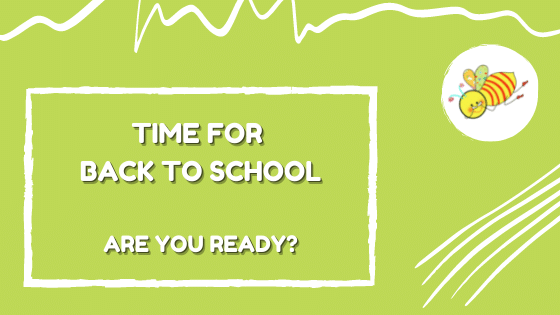
This will be an exciting new beginning for our kids and an opportunity to celebrate the learnings and experiences they will benefit from. Let’s take the opportunity to put in place some back-to-school habits that children may have lost and give them the support they need to continue developing the core abilities all children need […]
CAMPING ANYONE?
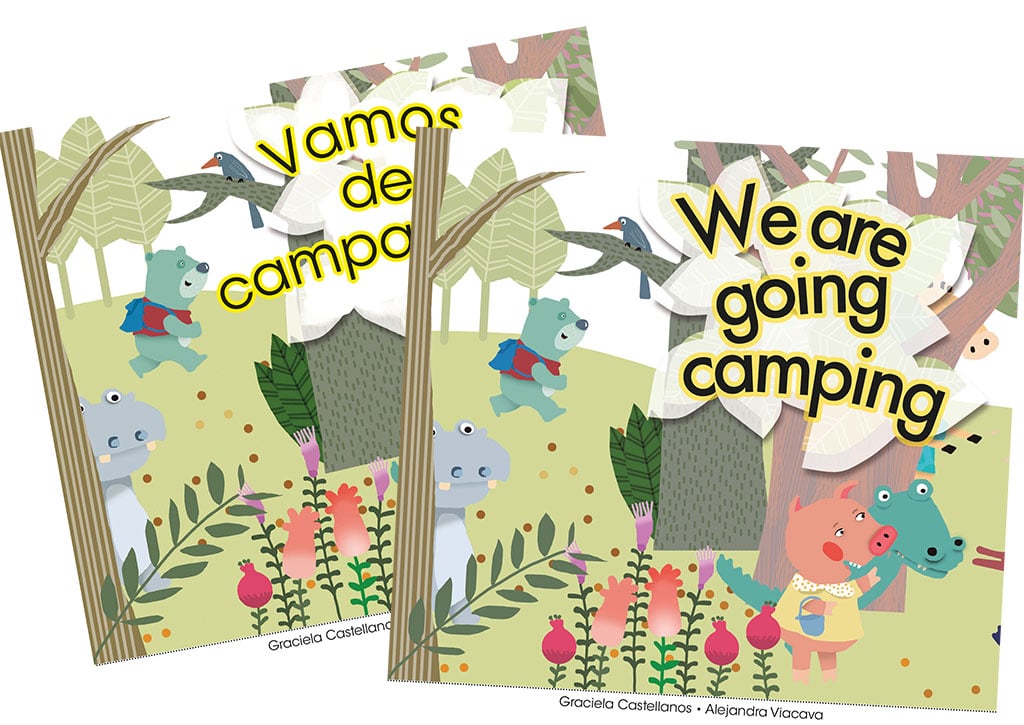
With warmer temperatures kids everywhere love being outdoors but now that we all need to stay at home what can we do? You can set the mood for having a great camping adventure with a backyard tent or an indoor creative setting. Begin by reading “We are going camping” or “Vamos de campamento”. This is a […]
How Reading Aloud Helps Children in Becoming Bilingual
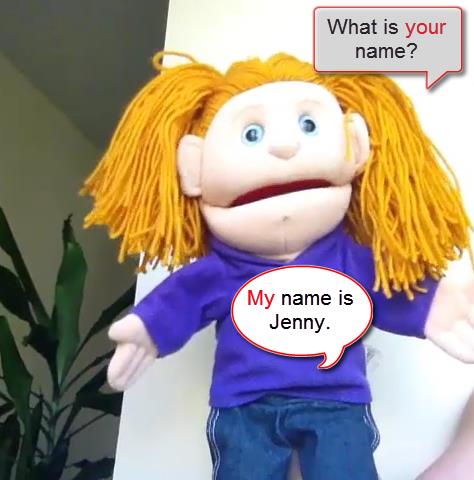
First Things First How can you help your kids acquire an additional language through stories? First of all, you must provide children with lots of picture books from the time they are born. Set times during the day to read aloud to them. During the day time use puppets and props while reading. If right […]
Languages4kidz interactive Spanish Books
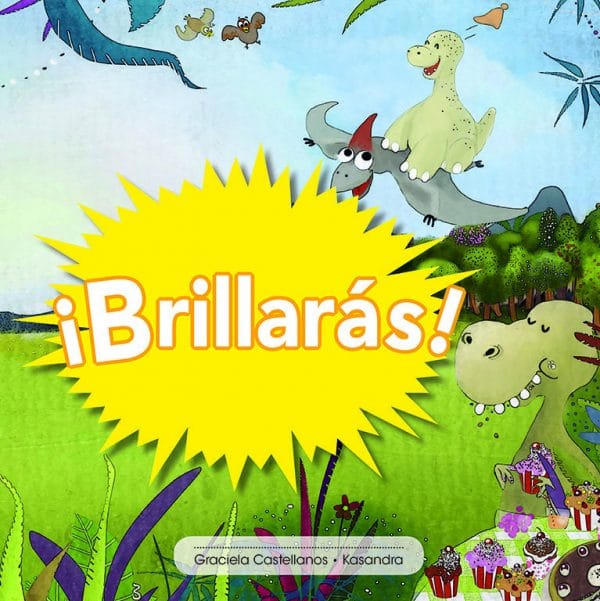
I sincerely hope this message finds you and your loved ones well and in good health. The past few months haven’t been easy and I would say full of challenges for many around the world. We at Languages4kidz have been concentrating our efforts on working hard to convert our Collection of Picture Books in Spanish to […]
Happy Valentine’s Day
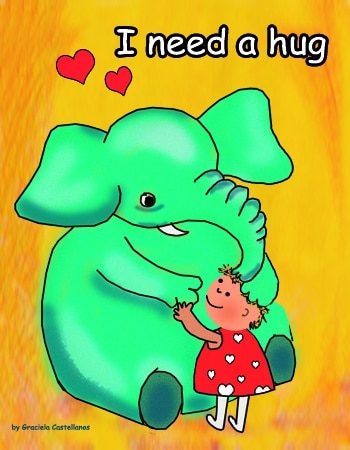
Happy Valentine’s Day!!! The month of February is often known as the month of love. Love to our family, love to our friends, love to our planet and love to all the things we have and all the things we do. Celebrating our love to our families and the strong and wonderful bonds we create […]
Bilingual Books on the Caribu App

A very special App. Una App muy especial. @Caribu is an app that lets you virtually read books to your children or grandchildren no matter where you are. It is perfect for moms and dads that travel and are on the go and for grandparents like myself who live far away. Our Collection of Bilingual […]
Mother and Child Playgroups
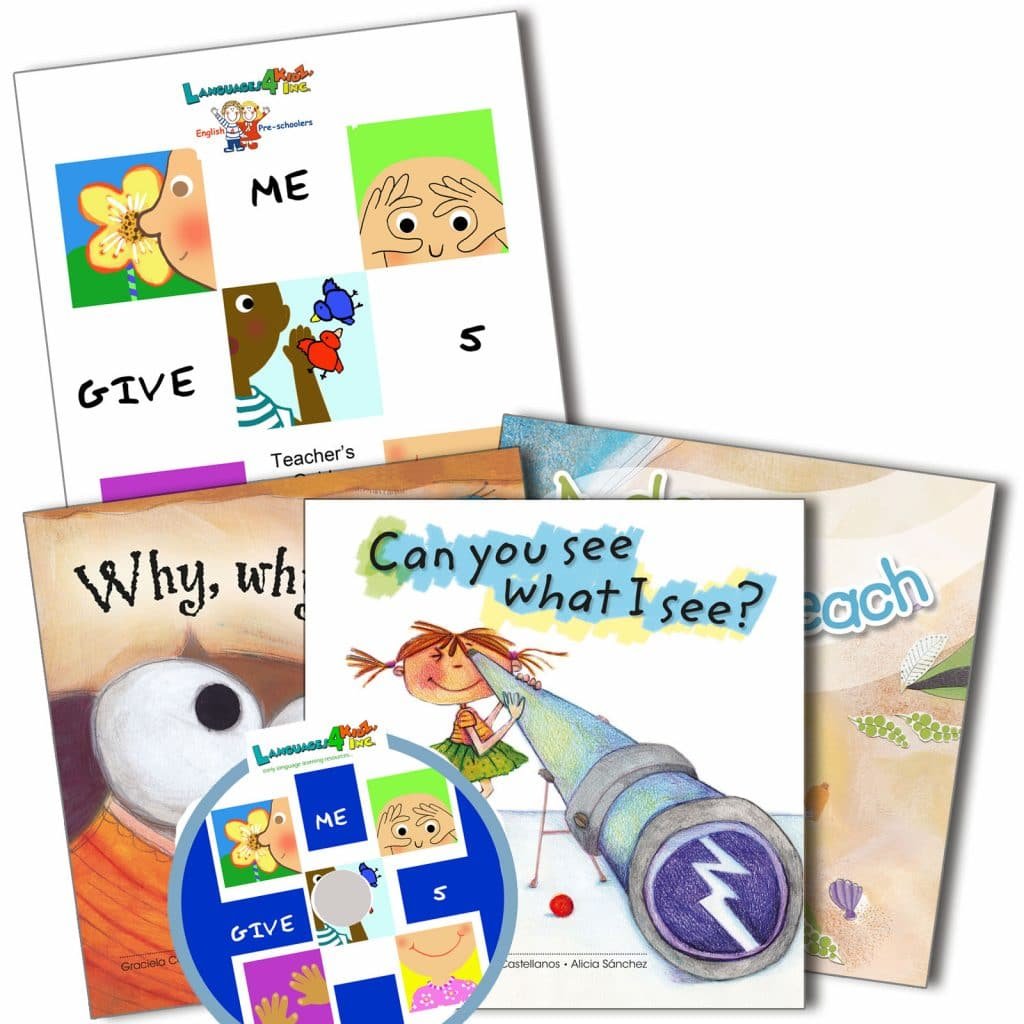
Mother and Child Playgroups Today I would like to propose to all mothers who would like to support their child’s bilingual development to build a support network. I encourage you to invite others who are raising their children to speak your language to join you in creating a mother and child playgroup. The mother and […]
Do you believe every child is a genius?
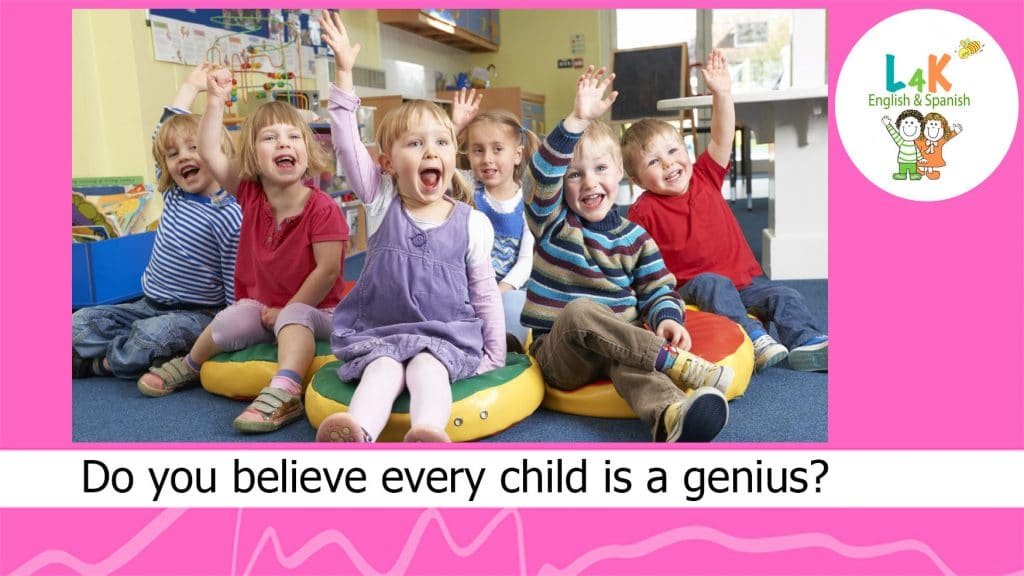
Do you believe every child is a genius? I do. I believe that children are born with wonder, curiosity, awe, spontaneity, vitality, flexibility, and many other characteristics of a joyous being which are particular characteristics of being a genius. Young children master a complex symbol system (their own native language) without any formal instructions and […]
All kids should learn a second language
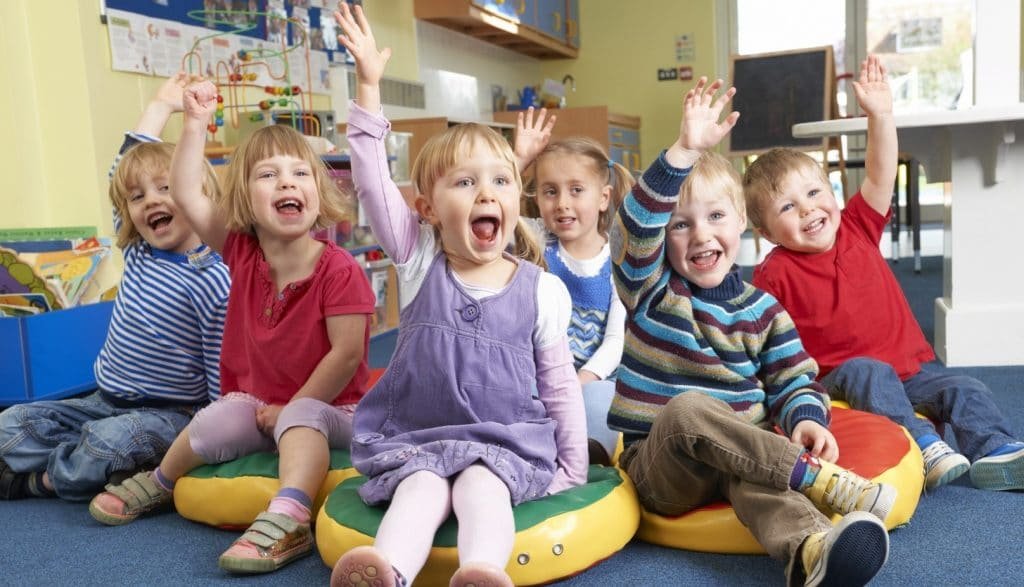
All kids should learn a second language. Early language learning has acquired a significant importance all over the world. Parents are now more aware of the latest findings and the benefits a second language may give their children and know very well that learning another language besides their mother tongue has become a need in […]
Get your kids outside and let them play!
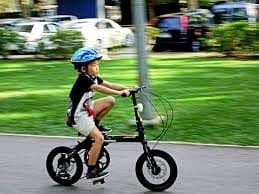
Kids these days are spending most of their time inside the school and inside the house and are losing precious moments that will last a lifetime. Let’s encourage them to play outside and get in contact with nature. Get them to experience the joy and pleasure in activities such as, rolling in the grass, splashing […]
